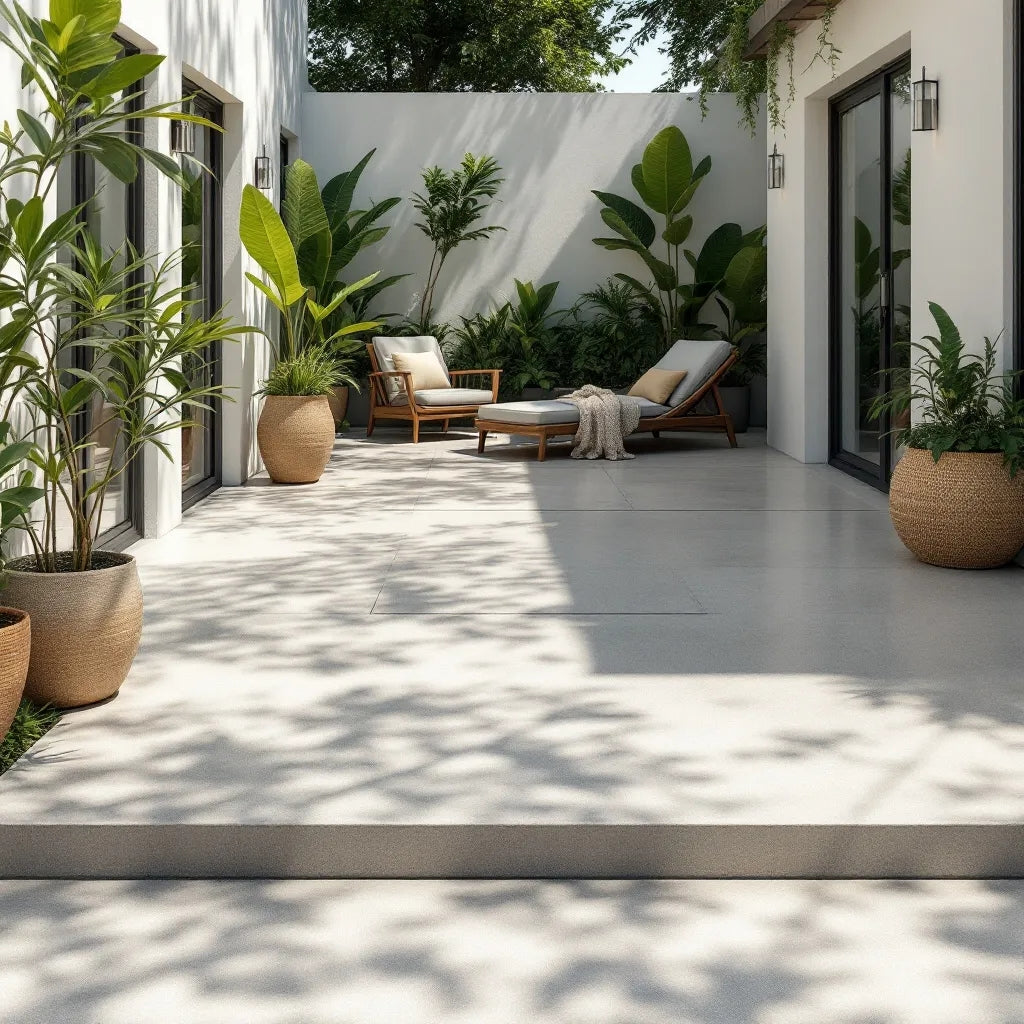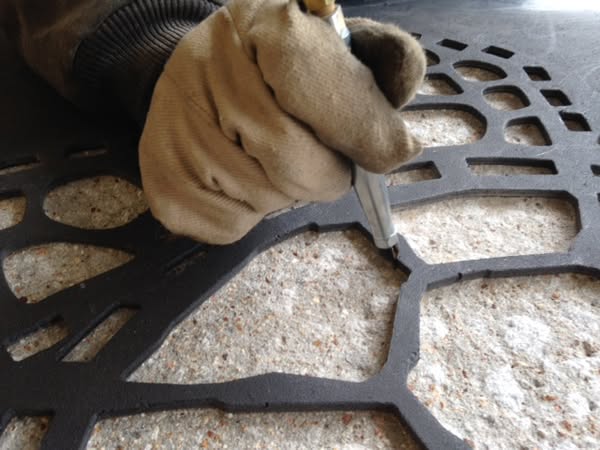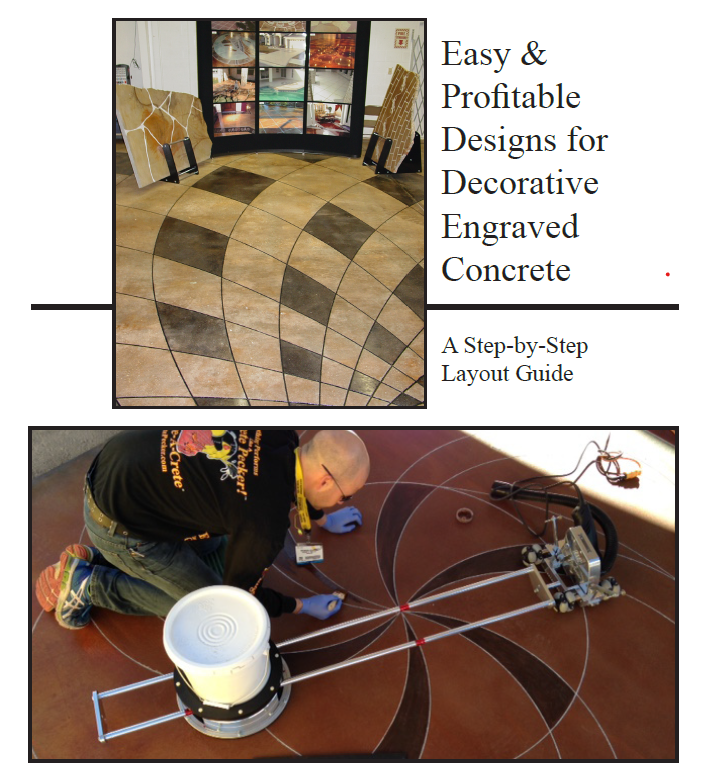
A Practical Guide to Fixing Bubbles in Your Acrylic Sealer
Encountering bubbles in your solvent-based acrylic sealer can quickly transform a seamless outdoor concrete sealing task into a maddening ordeal. Even after adhering to all the steps, those annoying bubbles persist, marring the finish. This guide clarifies the reasons behind such acrylic sealer challenges and explains how to resolve sealer bubbles, enabling your project to recover with straightforward sealer application suggestions you can rely on. For further in-depth guidance on eliminating concrete sealer bubbles, explore this valuable link: https://www.concretesealerreview.com/how-to-fix-concrete-sealer-bubbles/.
Getting to Grips with Acrylic Sealer Bubbles
Origins of Bubbles in Sealer
Bubbles in your solvent-based acrylic sealer generally appear due to some hidden culprits. High temperatures can hasten the drying of the sealer, trapping air inside. Applying the sealer too generously is another frequent error. It inhibits proper curing and results in bubble formation.
Moisture is also a significant foe. Sealing concrete that isn't completely dry invites bubble problems. Even minimal moisture presence can prompt the sealer to bubble and lift.
Don’t forget about your tools either. Poor-quality rollers or sprayers could introduce air into the sealer during application, which turns into those frustrating bubbles you're aiming to avoid.
Fixing Sealer Bubbles
Instructions for Repairing
-
Evaluate the extent of the damage: Carefully inspect the bubbled portions. Are they minor and isolated, or extensive and pervasive?
-
Clear the area: Utilize a broom or leaf blower to remove any dust or debris from the affected region.
-
Soften the sealer: Introduce a small quantity of xylene or acetone onto the bubbled areas to help reactivate the sealer.
-
Smooth it out: Employ a 3/8-inch nap roller to gently go over the softened sections. This action pops the bubbles and evens out the sealer.
-
Allow to dry: Let the treated spots dry for a minimum of 24 hours before stepping on them.
If the bubbles are particularly stubborn, you might need to completely strip the sealer and begin anew. This involves deploying a chemical stripper and pressure washing. It requires extra effort, but sometimes it’s the best route to achieve a flawless finish.
Essential Tools and Materials
For tackling this type of repair, gather these crucial items:
-
Xylene or acetone (for reactivating the sealer)
-
3/8-inch nap roller
-
Chemical-resistant gloves
-
Safety goggles
-
Respirator mask (for handling solvents)
-
Broom or leaf blower
Ensure you have all these tools accessible before you commence. They'll streamline the process and enhance safety. Remember, safety is the top priority when using chemicals!
Advice for Outdoor Concrete Sealing
Successful Sealer Application Techniques
Timing plays a critical role in outdoor concrete sealing. Opt for a day with moderate temperatures—neither too hot nor too cold. The early morning or late afternoon usually proves most effective.
Thin coats are your allies. The urge to apply a thick layer is understandable, believing it offers better protection, but a thin coat ensures proper curing of the sealer, thereby lowering the potential for bubbles. Patience is key; if more coverage is required, multiple thin layers are preferable over a single thick one.
Always confirm the dryness of the concrete surface before beginning the sealing process. Conducting a moisture test several days prior to the planned sealing can help circumvent unforeseen issues. Furthermore, using top-tier application tools, like premium rollers or sprayers, will reduce air introduction and result in a more polished finish.
Typical Errors to Avoid
-
Hastening the procedure: Allocate adequate time for each phase to guarantee a superior finish.
-
Neglecting weather factors: Consider wind and humidity levels, as they too can influence sealer application.
-
Omitting preparatory steps: Thorough cleaning and prepping of the surface are crucial for a successful sealing process.
By adhering to these precautions and addressing any bubbling concerns swiftly, your concrete surfaces will not just appear aesthetically pleasing but will also remain safeguarded for many years. Happy sealing!



